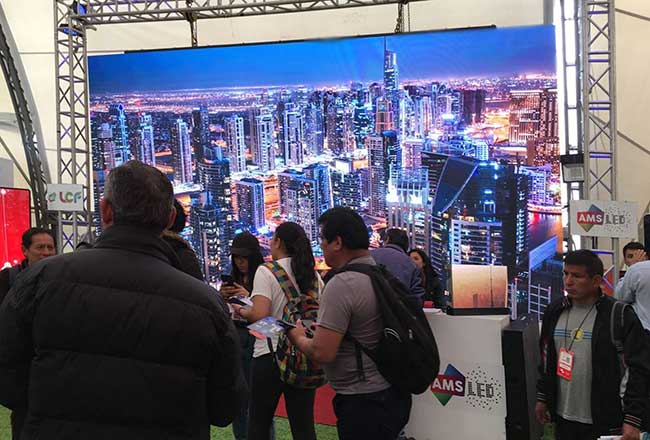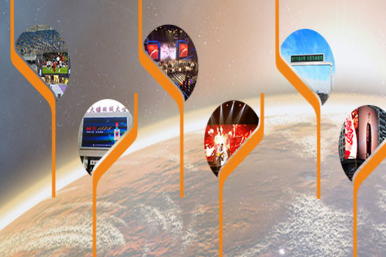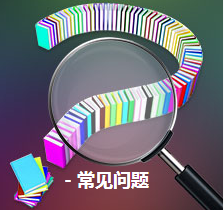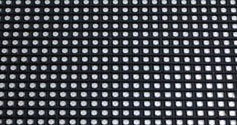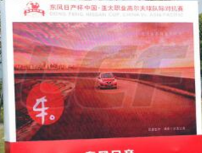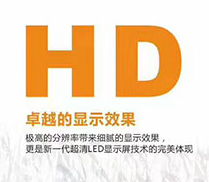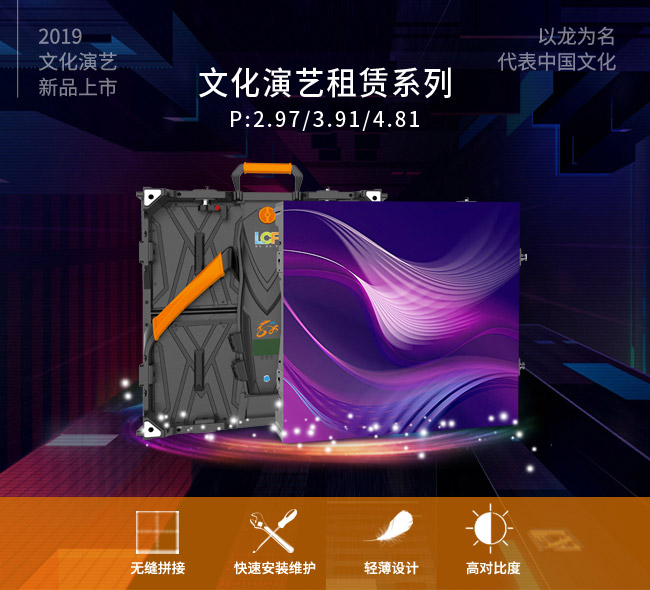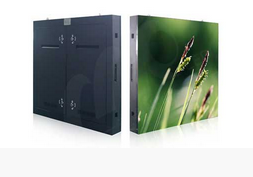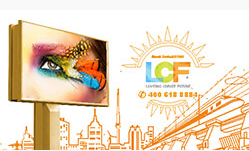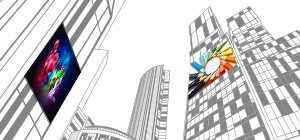Publisher: Supplier of LED Display Time: 2017-11-01 13:06 Views: 4608
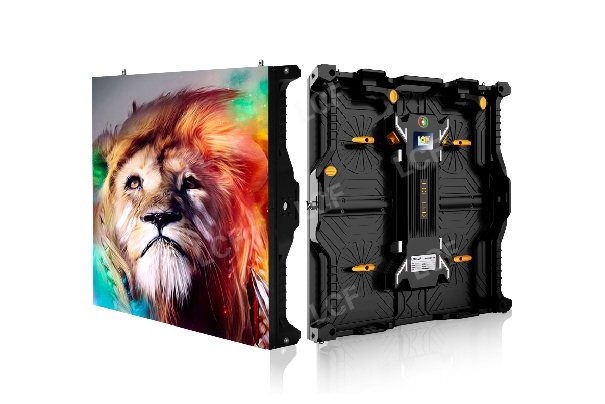
1. Adjust the brightness depending on the environment: First, adjust the comfortable brightness of the human eye, and adjust the overall brightness of the LED display according to the intensity of the ambient light where the display is located, so as to ensure the clarity of the display while avoiding production Bad vision that is dazzling and dazzling. Investigation and research have shown that if the human eye is used to the ambient brightness of 800 cd/m2, the brightness that the human eye can see is 80~8 000 cd/m2. If the brightness is exceeded, the human eye must undergo a few seconds of conditioning to gradually see clearly . Therefore, the brightness of the LED display should be adjusted depending on the environment, and environmental brightness monitoring equipment should be introduced to provide a reliable basis for brightness adjustment, so that the brightness of the display can be adjusted to the comfortable viewing range of the human eye. During the night, the brightness of the display should be controlled below 10 times the brightness of the environment; second, the brightness adjustment standard has been introduced, and the brightness of many outdoor display screens is too high at night, causing serious light pollution and bringing to the lives of surrounding residents A certain degree of influence. To this end, the relevant departments should issue display brightness adjustment standards to strengthen the prevention and control of light pollution, requiring display users to actively adjust the brightness output according to the environmental brightness, and strictly prohibit the output of high-brightness and glare in the dark night.
2. Reduce the blue light output: different wavelengths of light will bring different visual perception to the human eye. Due to the complexity of the human eye perception, it is difficult to reflect the human eye's perception of light by the measurement standard of brightness, so it can be introduced Exposure index is used as a criterion for judging the safe energy range of visible light. When measuring the effect of light on human eyes, one should not rely solely on the brightness perception of blue light by human eyes, but introduce irradiance measurement equipment, and use the data measured by the measurement equipment to objectively reflect the impact of blue light output intensity on visual perception . LED display manufacturers must appropriately reduce the blue light output on the basis of ensuring the display function of the display, so as to avoid causing discomfort to the human eye.
3. Control the light distribution: rationally arrange the light of the LED display to evenly distribute the light energy output by the display within the visible scale of the human eye to avoid the problem of local glare on the display. This requires that when the LED display screen is produced, the light irradiation direction and the irradiation scale must be strictly limited to achieve the purpose of effectively controlling the light pollution of the LED display screen.
4. Explicit safety protection methods: In the instruction manual of the LED display product, safety protection precautions should be indicated, focusing on the correct method of adjusting the brightness of the LED display, and explaining clearly the possible harm that the human eyes may cause by looking directly at the display for a long time. If the automatic brightness adjustment system of the display screen fails, the brightness can be adjusted manually. At the same time, it is necessary to popularize the safety protection measures of light pollution to the public to enhance the self-protection ability of the public. For example, you can't look directly at the display screen for a long time, try to avoid the human eyes focusing on the details of the display screen, and avoid bright spots caused by the LED focusing on the fundus, which may even cause burns to the retina in severe cases.
5. Improve product performance and quality In order to ensure the performance of LED display products, the brightness testing of products in indoor and outdoor environments should be strengthened. In the process of indoor inspection, the staff should wear black sunglasses with brightness attenuation by 2 to 4 times, and observe whether there is any problem with the details of the display at a close range. In the outdoor inspection process, the staff should wear black sunglasses with brightness attenuation 4-8 times. Especially in the dark environment to carry out the inspection work, the staff must wear safety protection tools, so as to prevent the staff from being exposed to strong light.
6. Introducing advanced technology: There are obvious differences in the brightness changes of the LED display in different time periods and in different locations. Once the brightness output of the display exceeds 60% of the ambient brightness, it will cause discomfort to the human eye and cause light pollution. Therefore, the LED display should be equipped with an outdoor brightness collection system to collect the ambient brightness in real time and transmit the ambient brightness information to the central control room. The central control room automatically calculates the most suitable display output brightness based on the received data information. , And use this as the basis for brightness adjustment. In addition, multi-level grayscale correction technology should be introduced into the LED display screen to improve the color transition problem of ordinary 8-bit color display screens and avoid strong discomfort to the human eye. With the support of multi-level grayscale correction technology, the color display level of the original display system can be increased to 14 bit, thereby bringing a soft color transition to the human eye and reducing the stimulation of light to the human eye.
As a light source, LED display screens are unavoidable in light pollution during operation. In order to effectively prevent the LED display from harming the human body, it is necessary to take reasonable and feasible measures to eliminate the light pollution of the LED display.
